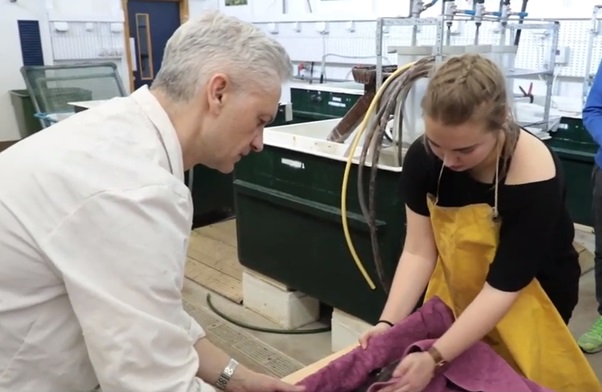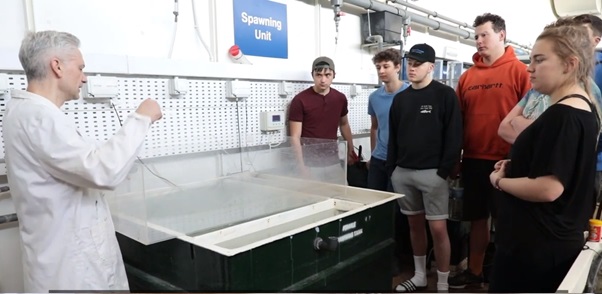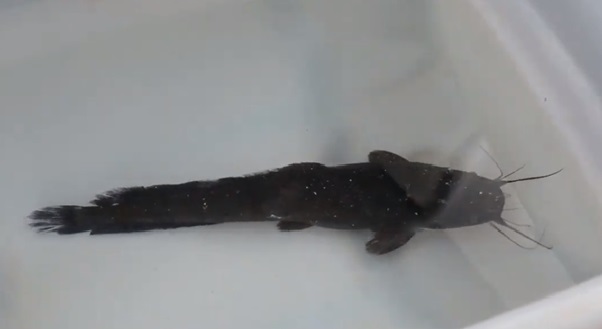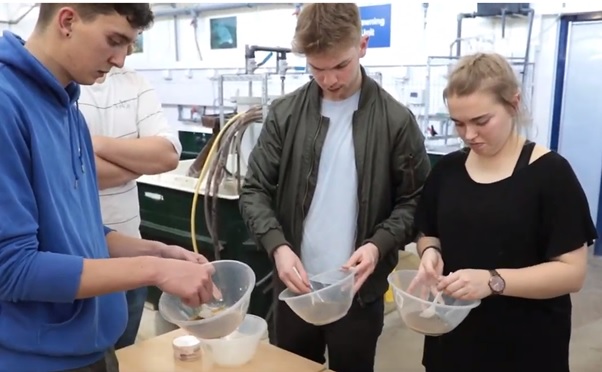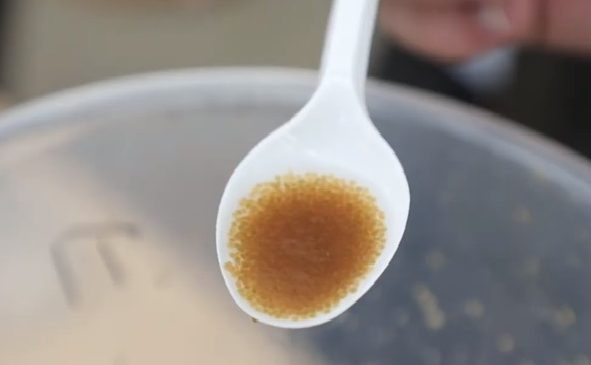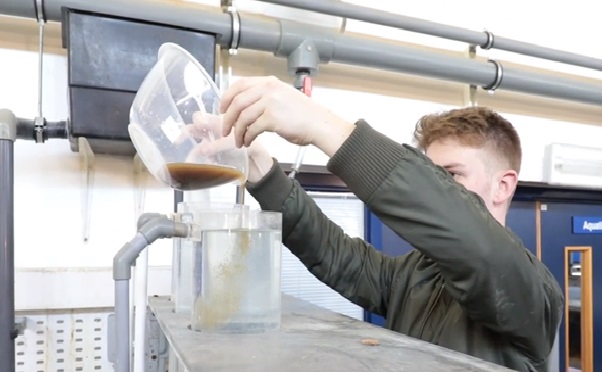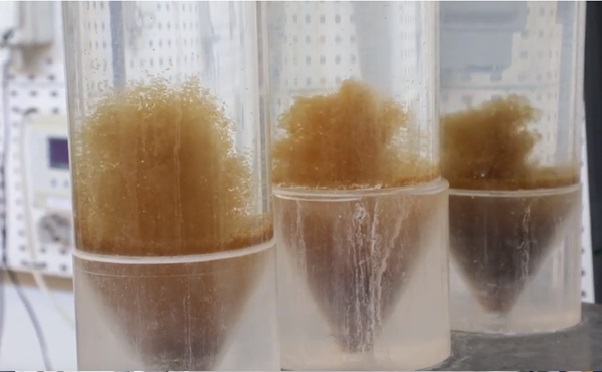University Centre Sparsholt is recognised worldwide for its expertise in fishery, aquaculture and marine studies.
Our lecturing staff are the industry experts and can often be found at conferences and industry forums discussing the latest techniques and their supporting research.
Recently Sparsholt’s Aquatic and Research Conservation Centre held one of the most exciting days in the fisheries calendar – Catfish spawning day. A fascinating insight into fish breeding and lifecycle.
Dr Adrian Love, Aquaculture and Marine Ecology Lecturer commented: “It’s a fantastic practical for students to take part in, especially as Sparsholt is one of the only places in the UK where they have the chance to assist in the spawning of Clarias Catfish.”
The Method
At the ARCC, the spawning day was pre-selected, with tank temperatures and feeding regimes were carefully controlled to ensure the catfish were spawned heavy on the right day.
12 hours before spawning, students inject the females with a hormone mixture which induces ovulation. They are then placed overnight in a holding tank of clean warm water, the next morning the females are moved from the holding tank into an anaesthetic tank. The anaesthetic calms the females for the procedure and keeps both the fish and our students safe.
Once they’re anaesthetised the females are taken to a table to be dried off. It’s important that they’re completely dry as any water that may fall into the eggs would start the development process. The students then hold the catfish over a basin and gently press on her abdomen to stripping the eggs from the female.
The Magic
Once all the females are stripped of their eggs, the students introduce the milt taken from the males’ testes and gently mix the two components together. Milt from several different males is used to get a diverse genetic mix and once added, fertilisation solution (milk salt solution) is also introduced. Once in contact with water the eggs swell and stick together, so the mixture is gently stirred. At this point the sperm is activated and within seconds fertilisation is complete. The eggs will continue swelling whilst the mixture is stirred, unlike with carp spawning this process takes around 5-10 minutes of slow and steady stirring to ensure fertilisation.
When ready, the eggs are transferred into containers called ‘Zooga’ Jars. Where they are continuously tumbled in fresh oxygenated water, their development is monitored over the next couple of days and within 48 hours they’ll hatch.
Our Students
The students who graduate from University Centre Sparsholt will go on to work in all areas of aquaculture, and in countries across the globe.
We’ve got fantastic facilities on campus and you’re very welcome to come down to our next open day to explore, talk to the staff and see more of what we do.
It’s not too late to join us in September – Apply Now
Watch the event here:
